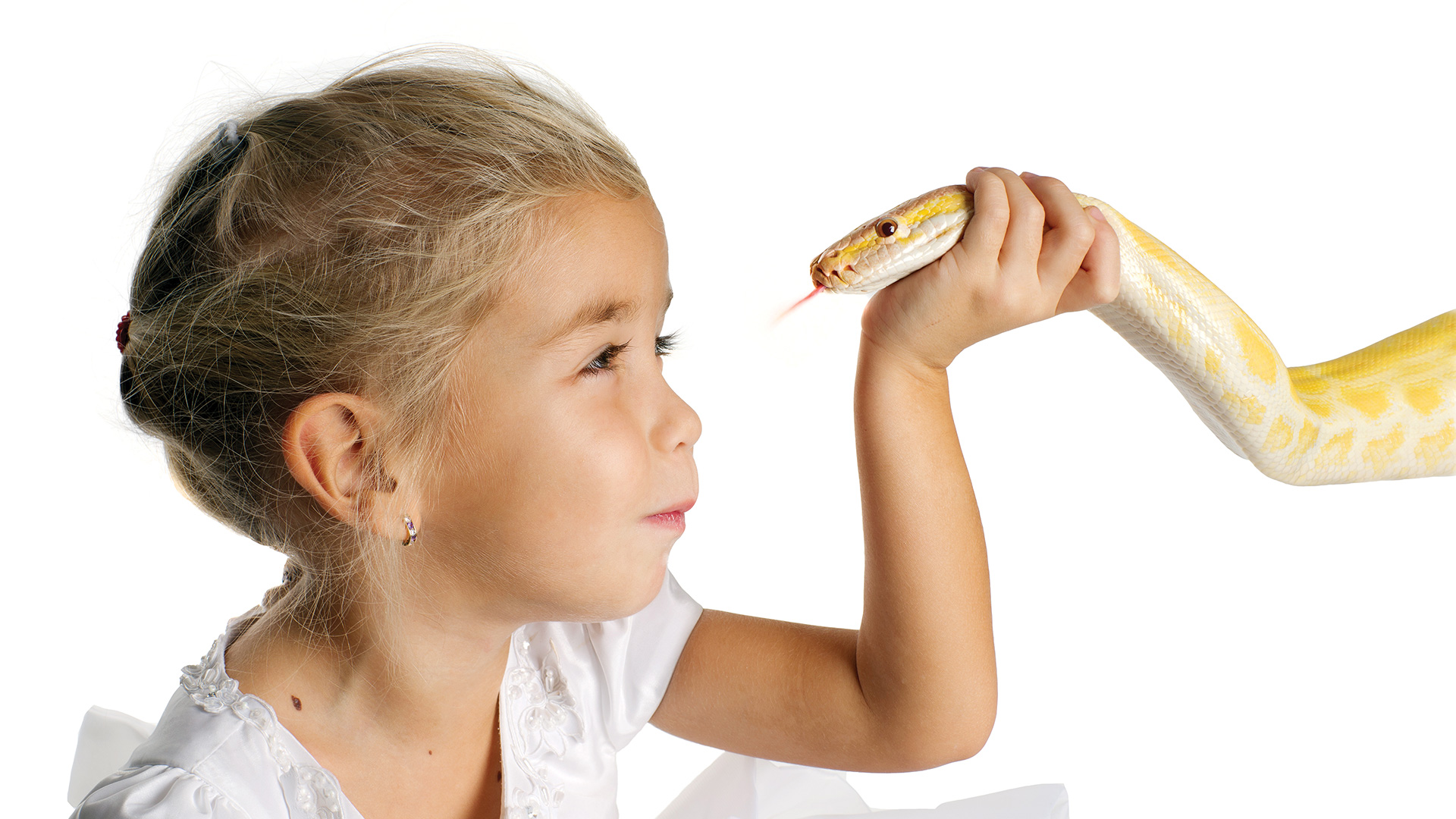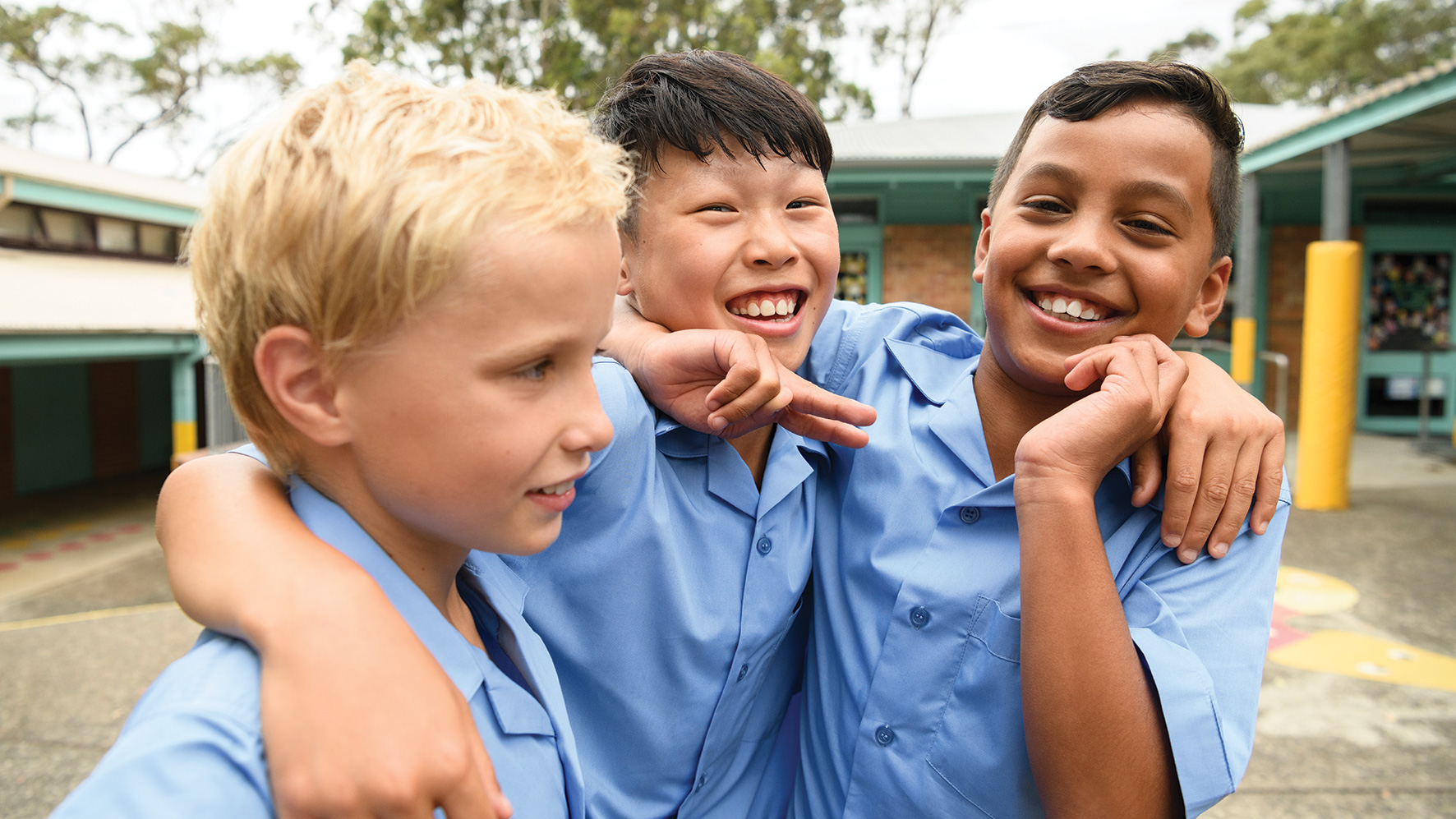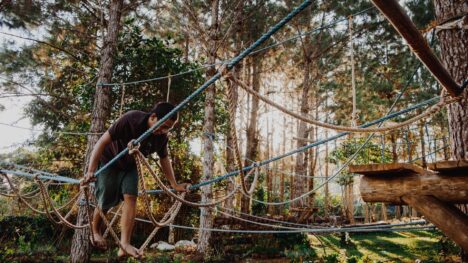Of skin and scales
March 1, 2020

A few years ago, I lived in a share house with three other guys. The shared space, coupled with my propensity towards minimalism, meant my room featured nothing but the bare essentials: a single bed, a set of drawers and three snake enclosures.
Things have changed since then. In addition to the aforementioned items, I now have a desk, a chair and another set of drawers, but only two snake enclosures, both of which sit right next to my bed. It’s not unusual for me to wake up in the morning with my face 30 cm away from a set of steely reptilian eyes.
It’s interesting seeing people’s reactions to my pets, be it in conversation or firsthand. I once asked a house guest whether he wanted to hold one of my snakes.
“Umm, no thanks,” he responded from the doorway.
I assured him they were only pythons, non-venomous and used to being handled, but he didn’t budge. I decided to probe further.
“Have you held a snake before?”
“No. Never.”
“Have you ever had a bad experience with a snake?”
“No. Never.”
“So, why are you afraid of them?”
“I don’t know. I just don’t like them.”
Fear: innate or taught?
Ophidiophobia—the fear of snakes—is listed amongst people’s most common phobias, according to ABC News. As far as fears go, I guess this one is reasonable, particularly in Australia. The Land Down Under is home to some of the most (arguably the most) venomous snake species in the world. But, despite the potential danger, snakebite fatalities are rare (approximately two deaths per year). Horses, falls (from beds or chairs) and food accidents (eg, choking, allergic reactions) kill far more Australians on an annual basis.
So, why is the fear of snakes so pervasive? National Geographic suggested in 2017 that, after millions of years of evolution, the phobia has been hardwired into our genetic code. The fact is, though, that not all people are inherently wary of snakes. Other research offers a more plausible explanation: “People aren’t born afraid of spiders and snakes; fear is quickly learned during infancy,” claimed Psychological Science in 2011. And a 2015 study into the “startle response” of babies found no fear of snakes, even when videos of the creatures were coupled with a “fearful voice”. As such, co-author of the study Vanessa LoBue believes a fear of snakes is not innate, but rather “culturally conditioned”.
“It’s possible that paying more attention to something might make fear learning easier later on. It facilities fear learning,” she told the BBC.

The young and the racist
In 2004 my family and I spent three weeks travelling around New Zealand. For me, the trip came with a lot of firsts: it was the first time I had been to the “land of the long white cloud”, it was the first time I had visited a Hollywood set (Hobbiton) and it was also the first time I experienced an overt act of racism.
We were driving through one of the major cities and came to a red light. I was in the right-rear passenger seat with the window wound down. As I looked out, I noticed a young family slowly walking down the path. What I saw next caught me completely off guard. One of the young boys—probably around seven or eight years old—was pulling his eyes to the side with his index fingers and laughing at me. His gesturing and pointing persisted until the light went green and we set off.
Since that incident I’ve had far more confronting encounters with racism. I’ve been sworn at and called racial names to my face in a Melbourne shopping centre, and had passersby mock me by calling out some parodied “Chinese” phrases. Yet, the incident in NZ stands out to me because it involved a child.
What would make an eight-year-old act that way?
Racism: innate or taught?
As with a fear of snakes, research suggests children are not born with a predisposition towards racism. But infants do develop cultural biases at a young age due to “perceptual familiarity and positive associations” with certain faces and ethnicities, writes psychological researcher Nathalia Gjersoe in The Conversation. It is when these biases are nurtured, be it positively or negatively, through the small, everyday actions and decisions of parents and other people of influence, reports a 2018 Time article, that racial prejudices can emerge.
Perhaps even more concerning is the speed with which a child can embrace a particular point of view. Harvard University psychologist Mahzarin Banaji, a racism and physical prejudice expert, explains in a 2012 Boston Globe article:
“We had far over-calculated how long it takes for these traits to become embedded in a child’s brain. It’s quite shocking really, but the gist of it is that three and four-year-olds demonstrate the same level and type of bias as adults. This tells us that children ‘get it’ very, very quickly, and that it doesn’t require a mature level of cognition to form negative biases. . . .
“It is not the fault of the children that they grow up to see a majority of power and influence concentrated among one race. So, if we don’t act in their lives, as they age, to show context to that imbalance, they may continue to believe that one group is better or worse than the other, based on nothing more than colour, features or expressions.”
So when it comes to interacting with and talking about people from different cultures, there are two important questions to consider:
1. Why do I believe what I believe?
2. What am I teaching the next generation to think/believe?
Wrestling with such questions takes us from a place of “cultural awareness” (knowing) to a state of what Sydney University professor Juanita Sherwood calls “cultural competence” (being). The former is merely an acknowledgement of diversity; the latter is the “ability to participate ethically and effectively” in intercultural settings, while “being aware of one’s own cultural values and world view and their implications for making respectful, reflective and reasoned choices.”
Note that last bit in particular: “respectful, reflective and reasoned choices”. When it comes to our ideas and attitudes about race, “I don’t know . . . I just don’t like them” simply isn’t good enough.
Why do you believe what you believe? What are you teaching the next generation to think/believe?
The tail end
I’m currently studying to be a primary teacher. During a recent placement, I brought one of my pythons to the school to serve as a temporary classroom pet. A few children were immediately drawn to the animal; most, however, couldn’t overcome a strong sense of trepidation.
It didn’t take long for the students to change their perceptions. All that was required was a little education and some new, positive experiences (ie, holding the gentle creature for themselves). Fear soon became fascination; hate turned into love. The snake probably got more goodbyes and well wishes than I did when my placement ended.
Children aren’t born with a fear of snakes, nor are they hardwired with prejudices towards certain people. If they can learn to love snakes, they can learn to love people.
“No one is born hating another person because of the colour of his skin, or his background, or his religion,” said Nelson Mandela. “People must learn to hate, and if they can learn to hate, they can be taught to love, for love comes more naturally to the human heart than its opposite.”
In another small victory, I recently got my sister-in-law—who absolutely loathes snakes—to hold one of my pythons. Perhaps there’s hope for us adults too.
Linden Chuang is passionate about wildlife and animal behaviour. He lives in NSW’s Lake Macquarie region and does graphic design and editorial work for Adventist Media in Sydney.









